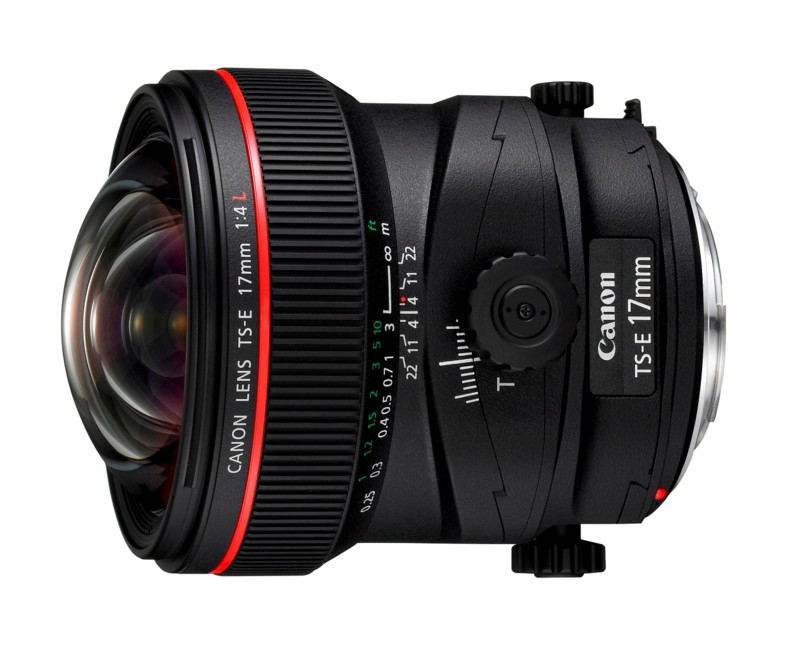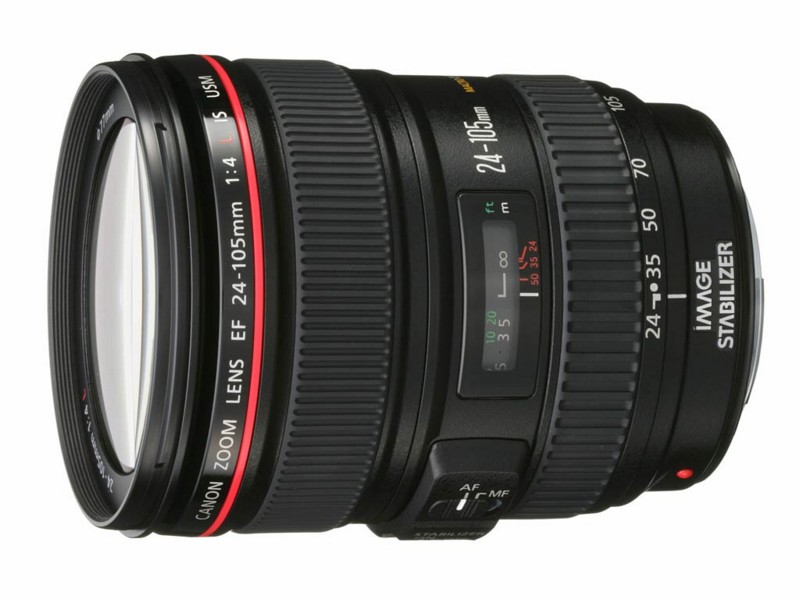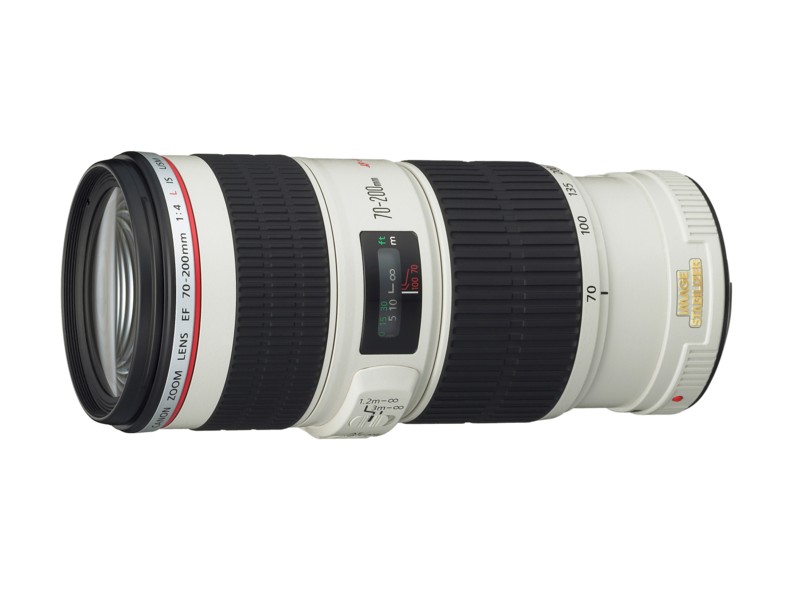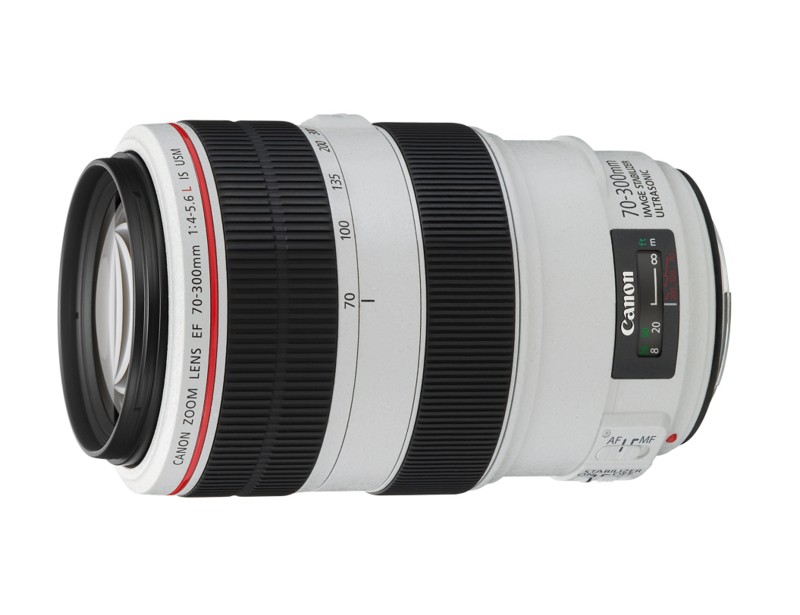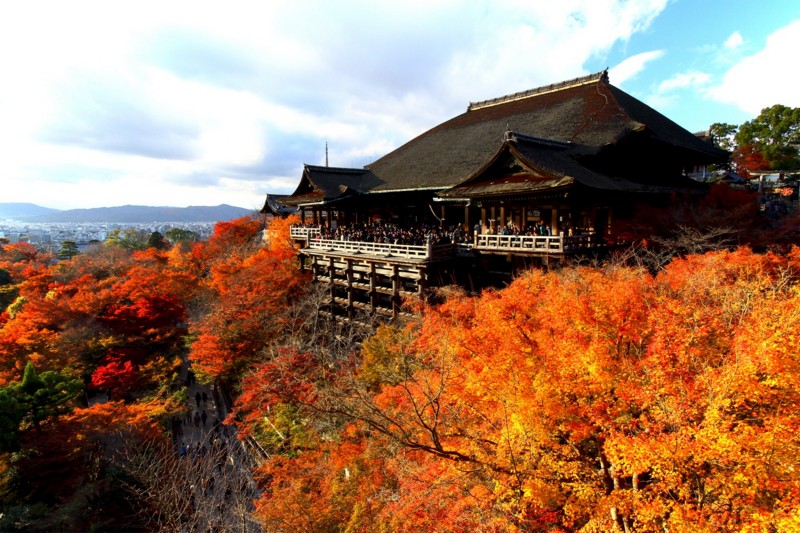
Travel and Shoot
Stunning Japan Scenery
Japan has everything for everyone – from natural scenery to shopping and city life. No matter which month you visit Japan, there is beautiful scenery awaiting you to capture – from Sakura blossom in spring, blue summer sky and sea, red leaves in late autumn to snowy winter – each season has its own charm to be discovered!
Japan is a country with four beautiful, distinctive seasons. Together with big cities like Tokyo and Osaka which are full of vibes, it offers rich and diverse topics for photo lovers. In this issue, stunning photos taken by members will be shared, and we’ll walk through the basic techniques to help you capture beautiful Japan scenery with ease. Check these out and explore more shooting angles and views next time you visit Japan!

Photographer: Teenylife Title: Tokyo Coastline
Amazing Nightscape / Tokyo at Night
Tokyo, like Hong Kong, is a city that never sleeps. It is beautifully lit up at night, making it one of the best locations for night scenic photography. If you are bored with taking photos of Tokyo Tower or street scene at Shinjuku, you can look for something alternative – like one of the many flyovers in Tokyo. Take “Tokyo Coastline” as an example. The photographer captured a flyover near the Rainbow Bridge at Tokyo Waterfront Subcenter with TS-E 17mm f/4L ultra wide-angle tilt-shift lens. Although the camera needed to be angled up to capture the subject, the shift function of the tilt-shift lens managed to keep the lines vertical and parallel for a well-balanced, symmetric photo result. Besides, a small aperture was used for a deeper depth of field to ensure sharp capture of objects from near to far, as well as to create attractive starburst effect. Manual White Balance setting at 2800K-3800K was used to cast a blue tint to the overall color, creating a cool and mysterious mood. In order to emphasize the reflections in the sea, the photographer captured with a slow shutter speed to achieve a smoother sea surface. Image quality was further enhanced by using a low ISO speed to keep image noise to a minimum.
Shooting Tips:
- Tripod
- Slow shutter speed
- Small aperture
- Low ISO speed
- Tilt-Shift Lens
Exif Data:
- Camera: EOS 5D Mark II
- Lens: TS-E 17mm f/4L
- Focal Length: 17mm
- Shooting Mode: Manual
- Shutter Speed: 15s
- Aperture: f/6.3
- ISO: ISO 100
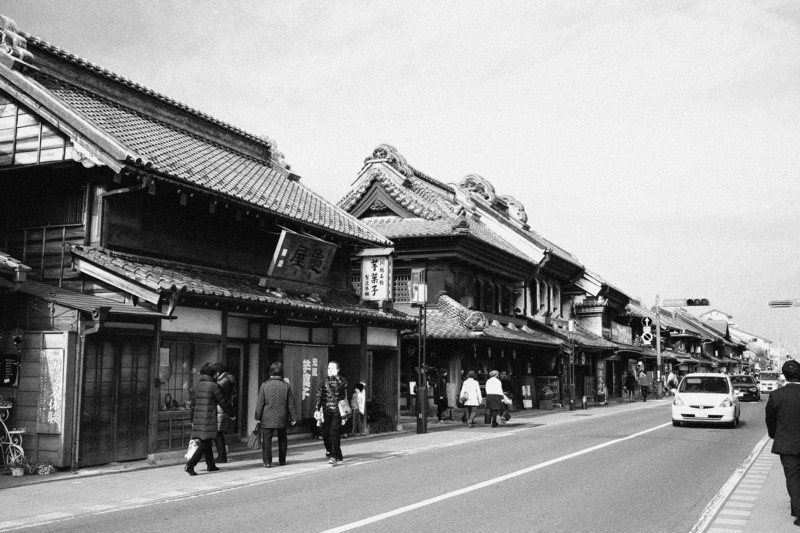
Photographer: Kit Title: 古色古香
Old Street Snapshots / Koedo-Kawagoe
Situated only 30 minutes from Tokyo by JR train, Kawagoe, also referred to as Koedo, is a town that preserved the culture and characteristics of ancient Edo. It is a must-visit for people who like Japanese ancient architecture. There are many attractions and activities for visitors. The Kawagoe Festival is held annually on the third Saturday and Sunday of October, and you can see old houses built in Edo period and a Bell Tower (Toki-no-kane) with nearly 400 years of history. To highlight the ancient landscape of the town, we can set the camera’s Picture Style to Monochrome, shoot in Black & White and add noise to the image during post-editing. The photo above seems like an old photo taken hundred years ago if the cars and pedestrians are neglected!
Shooting Tips:
- Wide-Angle Lens
- Small aperture
- Special Effect: Monochrome Picture Style
Exif Data:
- Camera: EOS 5D Mark III
- Lens: EF 24-105mm f/4L IS USM
- Focal Length: 24mm
- Shooting Mode: Aperture Priority
- Shooting Mode: 1/200s
- Aperture: f/11
- ISO: ISO 400
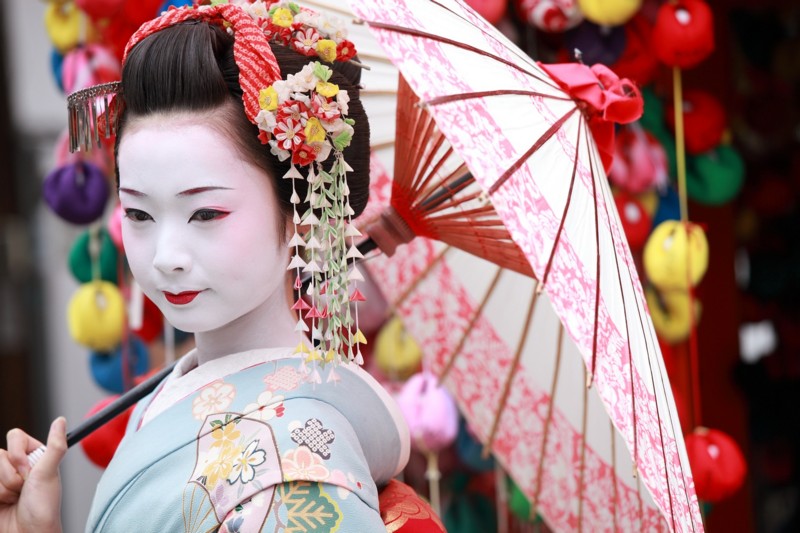
Photographer: Alex Title: 藝妓
Close-Up Portraits / Geisha in Kyoto
Kyoto is once the capital city of Japan (Edo, the present Tokyo, has become the capital city later). Therefore a lot of historical and scenic spots can be found here, such as the famous Kiyomizu-dera and Kinkaku-ji. Among those, Gion is considered the most attractive sightseeing spot. The Gion Festival that goes for the entire month of July attracts over ten thousands of visitors every year. Apart from the ancient wooden houses, Geisha in traditional kimono is also one of the reasons why the district is crowded with visitors. We can use a telephoto zoom lens to take photos of Geisha. A telephoto zoom lens can create a compressed background (with narrower angle of view) and zoom-in for a tighter shot to avoid the crowd. It can also ensure unobtrusive shots to capture the natural expression of Geisha.
Shooting Tips:
- Long focal length
- IS to prevent handshake
- Shoot from a distance to capture the natural expression
Exif Data:
- Camera: EOS 5D Mark II
- Lens: EF 70-200mm f/4L IS USM
- Focal Length: 165mm
- Shooting Mode: Aperture Priority
- Shutter Speed: 1/500s
- Aperture: f/5
- ISO: ISO 320
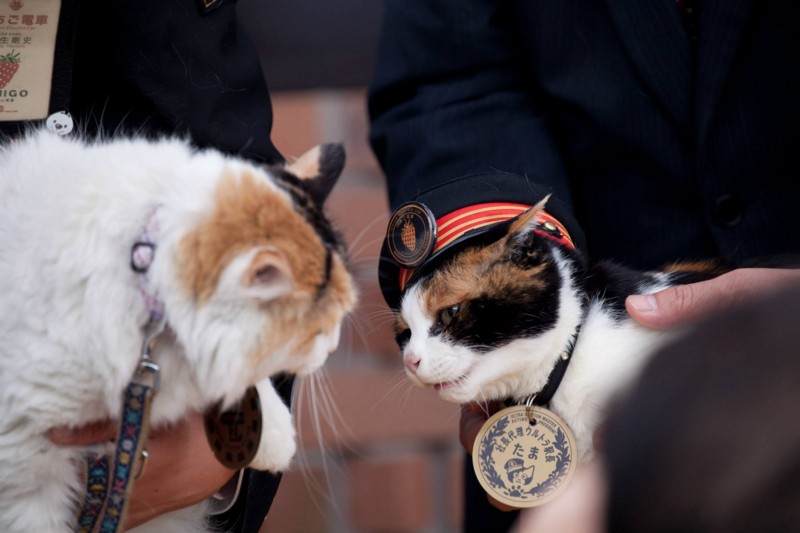
Photographer: 潔 Title: 貓站長
Animal Close-Ups / Meeting the Station Master Cat
The Japanese is obsessed with cats. One solid proof is Tama the cat, the station master in Kishi, who has turned the ordinary Kishigawa Line of Wakayama Electric Railway into a scenic route that attracts numerous visitors every year, boosting the economy of the rural area. A telephoto lens is the preferred choice by many animal lovers, as it can ensure unobtrusive shots while adding depth to the photo with the shallow depth of field made possible by the long focal length. Framing a close-up shot using large aperture can get rid of the busy background and make the subject stand out. Since most animals are born active, a higher ISO speed such as ISO 400 to ISO 640 is recommended so that a faster shutter speed can be used to freeze the action. A lens built with optical Image Stabilizer (IS) can further enhance hand-held shooting stability for sharp and clear result.
Shooting Tips:
- Long focal length
- IS
- High ISO speed
- Fast shutter speed
Exif Data:
- Camera: EOS 5D Mark III
- Lens: EF 70-300mm f/4-5.6L IS USM
- Focal Length: 300mm
- Shooting Mode: Aperture Priority
- Shutter Speed: 1/500s
- Aperture: f/5.6
- ISO: ISO 400

Photographer: BEEB Title: 日本奧入瀨溪流
Red Autumn Leaves / Red Leaves from Different Perspectives
Oirase Mountain Stream in Northeast Japan is regarded by the local people as one of the top three scenic spots to appreciate red leaves. There are different sizes of waterfalls, including the most famous 25-meter tall Kumoinotaki and the fast flowing Choshi Otaki Waterfall – both being the best locations to photograph autumn leaves and river. In the above photo, the photographer used a slow shutter speed to capture the silk-like flowing water, which complemented well with the radiant red leaves. To achieve a photo result like this, we need a tripod to aid the shooting and carefully select the shutter speed to use based on the water flowing speed – a shutter speed of 3-5 sec. for slow flowing water and 1-3 sec. for fast flowing water. Also adjust to the lowest ISO setting (e.g. ISO 50 or ISO 100), shoot with a small aperture (e.g. f/11 or above) and attach a ND filter if necessary for the best result.
Shooting Tips:
- Tripod
- Slow shutter speed
- Small aperture
- Low ISO speed
Exif Data:
- Camera: EOS 5D Mark II
- Lens: EF 24-105mm f/4L IS USM
- Focal Length: 105mm
- Shooting Mode: Aperture Priority
- Shutter Speed: 1.6s
- Aperture: f/22
- ISO: ISO 50

Photographer: PaddyLeung Title: 日本紅葉
The Beauty of Translucent Red Leaves
Every year from late September to November is the peak season for red leaves in Japan. Photo lovers can go to places like Kyoto, Wakayama, Nikko, Aomori, Oirase Mountain Stream, Lake Towada-ko and Sounkyo in Hokkaido for beautiful red leave photos. Apart from using a wide-angle lens for a wide coverage of the spectacular mountain covered in red leaves, a telephoto lens can also be used for taking close-ups. To show the bright red color and translucent texture of red leaves, we need to pay attention to the direction of light source - a backlit shot will make the red leaves appear translucent. Also shoot with a right Exposure Compensation setting (+2/3 EV for the above photo) and against a background of green leaves or blue sky to make the red leaves stand out in sharp colors.
Shooting Tips:
- Long focal length
- Shoot with Exposure Compensation
Exif Data:
- Camera: EOS 5D Mark II
- Lens: EF 70-200mm f/4L USM
- Focal Length: 200mm
- Shooting Mode: Aperture Priority
- Shutter Speed: 1/800s
- Aperture: f/6.3
- ISO: ISO 2000

Photographer: C.S. Title: 雪中詠唱
Quick Snaps of Cranes
Hokkaido in winter is extremely cold; temperature can drop down to -20ºC. In addition to the beautiful snowy scenery, red-crowned crane, Japan’s national bird, is also one of the attractions for photo lovers. In Japan and China, red-crowned crane is a symbol of luck, and thus it is also called the “bird of god”. Red-crowned cranes can be seen at a lot of places in Hokkaido every year from November to March. In the above photo, the photographer captured a group of red-crowned cranes singing a unison call with a telephoto lens. When capturing red-crowned cranes on the snow, there are two things we need to pay attention to. First, since the strong reflection from the snow will interfere the metering system of the camera, photo will look under-exposed with the subject and snow looking gray. Therefore we need to correct it with Exposure Compensation. Depending on the proportion of snow in the frame, we can compensate the exposure with +1 or +2 EV. In addition, for red-crowned cranes in flight, set the camera to High-Speed Continuous Shooting and AI SERVO mode for a better chance of successful capture and wait patiently for the best timing to shoot (e.g. when red-crowned cranes are in courtship or feeding).
Shooting Tips:
- Long focal length
- Lens with IS
- Continuous Shooting and Focus Tracking
- Exposure Compensation
Exif Data:
- Camera: EOS 700D
- Lens: EF 70-300mm f/4-5.6L IS USM
- Focal Length: 200mm
- Shooting Mode: Aperture Priority
- Shutter Speed: 1/1600s
- Aperture: f/5.6
- ISO: ISO 200
